Halloween is Thursday, October 31. This is my last chance to write something about Halloween. But what is left to write about Halloween that isn’t redundant?
Not much, but I like to recognize the holidays in my blog … so I’m thinking. Pumpkins? Jack’o lanterns? Naw. No one wants to read about pumpkins being one of the most popular crops in the US or that it is a cultivar of a squash plant. I don't think so.

Pumpkins, native to North America, are one of the oldest domesticated plants. I don’t know what they looked like 7,500 BC, but they were here. When Europeans came to the new world, they brought the tradition of carving vegetables – turnips, primarily – into lanterns at Samhain for the purpose of keeping away the evil spirits. Because turnips were scarce in those area, the settlers substituted with lanterns carved out of the plentiful pumpkins.

In the 1940s, when I first met the carved Halloween pumpkin as a child, they had taken on more personality but were still relatively simple in looks with triangles for nose and eyes. ▼

By the 21st Century, the superstitious carving vegetables had become the sophisticated fine art of pumpkin carving. Pumpkin carving contests abound, and innovation and imagination displayed is amazing. The activity seems to fall into three categories.
Just For Fun - The More Traditional Front Porch Style
Just for Fun pumpkin carving is the home carved type that are fun to make. Many are just as innovative and well crafted as competition pumpkins.
syracusecountrydancers.org/pumpkin 2016 jiernaair.com/pumpkin-carving-contest/ pinterest.com/660973682788134247
▼ ▼ ▼ ▼
All sorts of organizations have pumpkin carving contests. Many sell the pumpkins to raise funds for charities and other good causes.
These pumpkins are as much about the innovative and imaginative idea as the carving skill, but the skill level is high. There are tons of website about carving ideas, so the judges are looking for something new. Pumpkins eating things, like the squirrel and cannibalistic pumpkins below, seem to be popular but maybe overdone.
▼sep.yimg.com/bloody-eyeball pinterest.com/222928250277002249 ▼ pinterest.com/99571841739011579/ ▼
Some of the competition pumpkin fall into what I would call the fine arts category. These require excellent carving skills and artistic ability.
Carving: Ray Villafane youtube.com/LTcuXLqVuKA Carving: Ray Villafane PhotoCredit: Anthony Souffle lifeasahuman.com/2010/arts-culture pinterest.com/461548661785643629 startribune.com/pumpkin-carving
▼ ▼ ▼ ▼Carving: Jodi Engel
honestlywtf.com/pumpkins/ honestlywtf.com/rarebirds space.com/nasa-pumpkin Swarthmore.edu/pumpkin-carving
Decorating Ideas
Finally, Halloween pumpkins serve as home and party decorations, as well as decorations for commercial business.
Have fun carving your pumpkin.
Sources
http://www.history.com/topics/halloween/jack-olantern-history
http://www.pumpkincarving101.com/pumpkin_carving_history.html
http://www.motherearthliving.com/natural-health/history-of-carving-pumpkins
http://www.pumpkinnook.com/facts.htm
https://www.youtube.com/watch?v=hSvb2o5wyEI
https://topsfieldfair.org/giantpumpkins.php
http://romae.org/blog/2008/10/22/the-roman-origins-of-halloween/
https://alphamom.com/wp-content/uploads/2013/09/CreeperPumpkins21.jpg
https://www.instructables.com/id/Spooky-Edible-Eyeballs/
https://www.pinterest.com/1inspiredwoman/fruit-vegetable-carvings/?lp=true
http://www.globeslcc.com/2014/10/30/halloween-facts-origins/
https://www.urbanorganicgardener.com/2015/10/the-halloween-turnip-an-american-history/
https://munchies.vice.com/en_us/article/pgx58g/evil-irish-turnips-were-the-original-jack-o-lanterns
https://www.annieandre.com/carve-scary-turnip-jack-olantern-halloween-not-pumpkin/
https://www.geeksraisinggeeks.com/geeky-pumpkin-carving-ideas/

















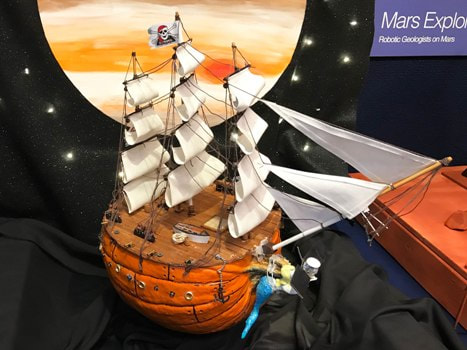



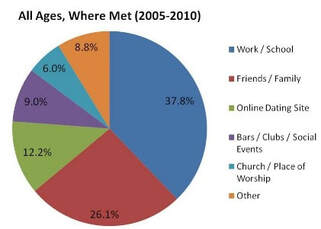
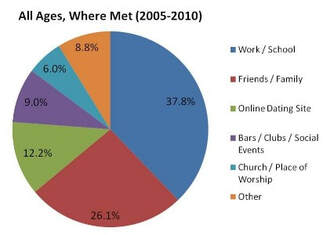
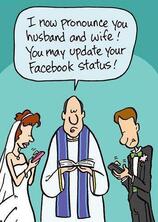

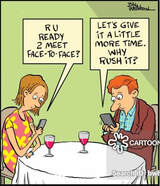

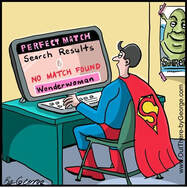
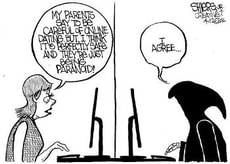





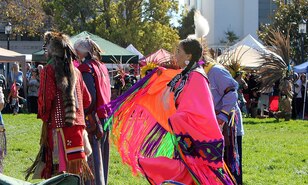
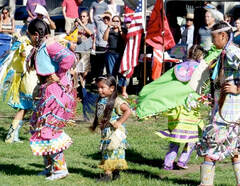
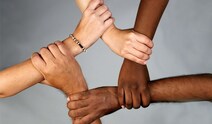
















 RSS Feed
RSS Feed